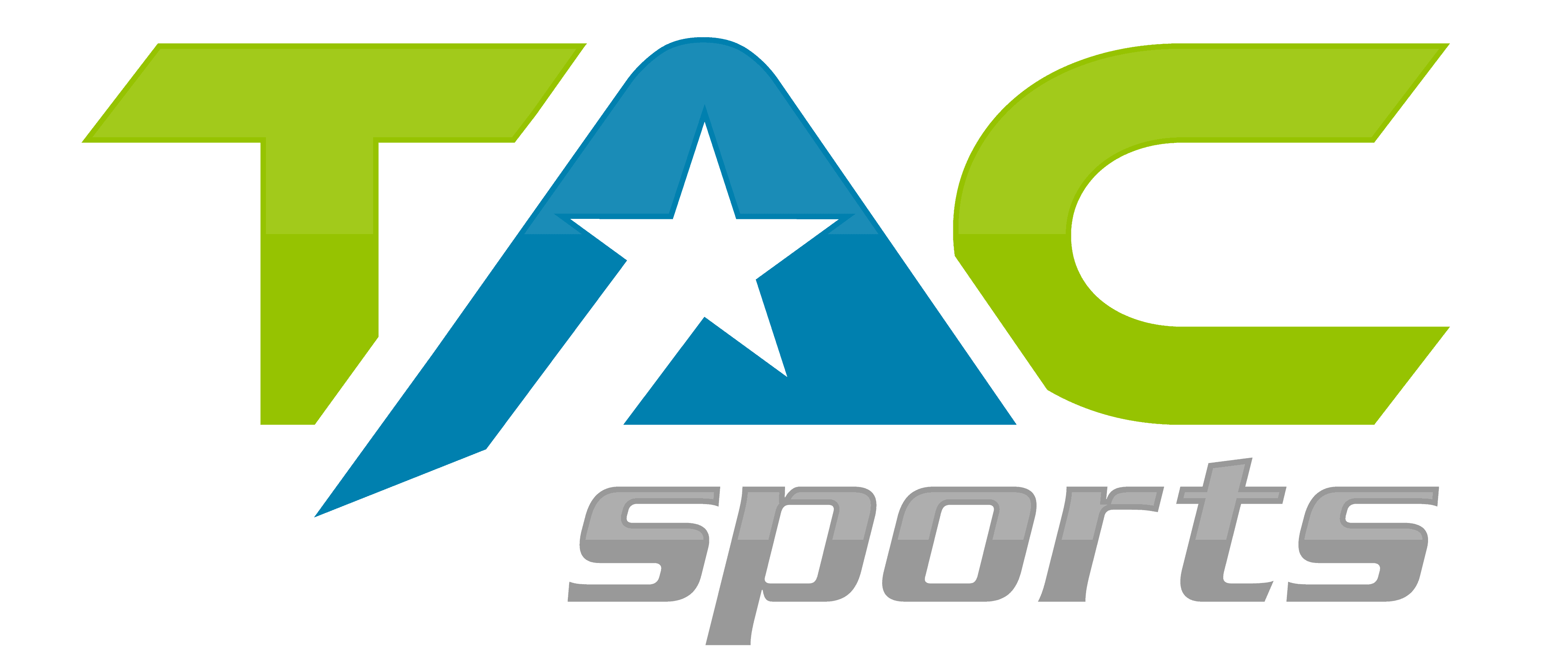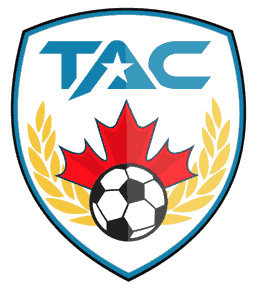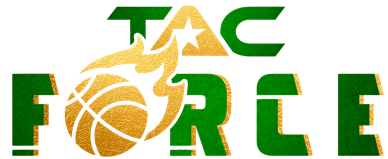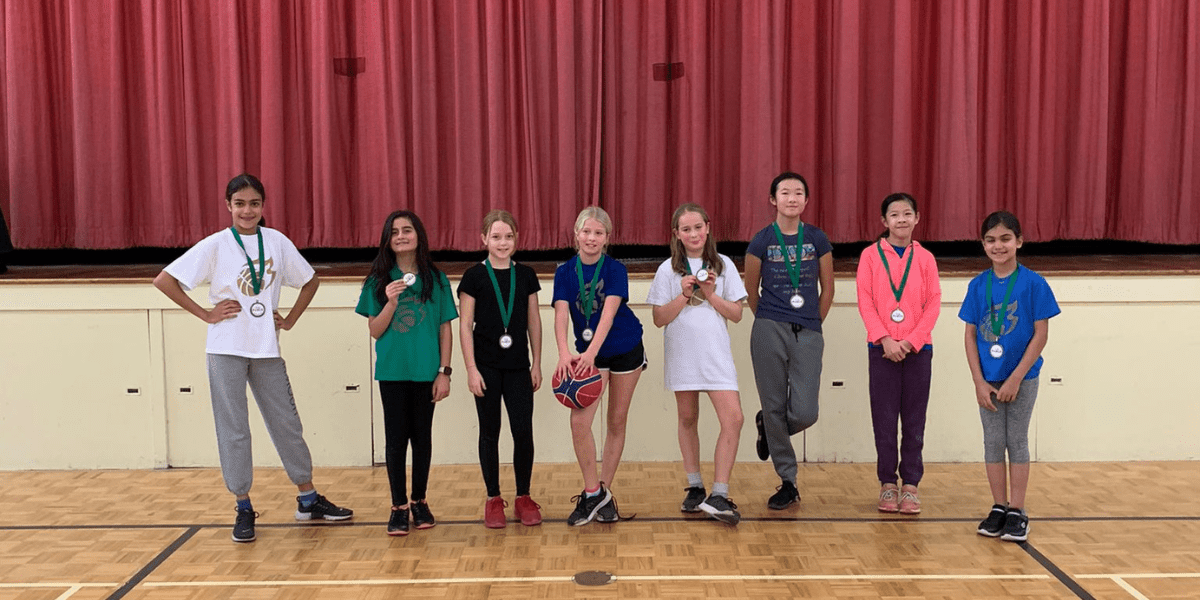Physical literacy is essential in the development of physically active children. It helps children in many aspects aside from sports, as it helps them develop more than just skills within the sport. In this article, we will overview what physical literacy is and why it is crucial.
What Is Physical Literacy?
There are many definitions of physical literacy, as it is a widely discussed topic. However, we are going to use the definition that is most commonly used. The definition of physical literacy is “ the motivation, confidence, physical confidence, physical competence, understanding and knowledge to maintain physical at an individually appropriate level. One of the spearheads of physical literacy, Dr. Margaret Whitehead, created this definition after many revisions. However, on a fundamental level, physical literacy is developing basic movement and sports skills. Overall, there are many definitions, but they all refer to the same thing for the most part.
Components of Physical Literacy
Physical literacy is a complex topic; it covers a variety of areas within the development of kids. Experts have broken physical literacy into different components to make it easier to understand. These components were also created to help measure the various parts of the development of kids within the sport. The components are:
Motivation and Confidence:
The motivation and confidence component refers to the child’s feelings, emotions, and attitudes toward physical activities and movements. It is about a child’s enthusiasm for enjoyment and confidence in the sport. This component of physical literacy teaches children various vital lessons that are important in sports and life. It teaches them how to identify and draw confidence, self-esteem, and enjoyment from physical activities. It also teaches kids how to understand and manage different emotional responses, such as empathy, during physical activities. Overall this component is all about the physiological aspects of sports that children experience and develop.
Physical Competence:
The physical competence component refers to a child’s ability to develop movement skills and patterns and the individual’s overall fitness through the physical activities they participate in. It is about the general skills and movement skills that a child posses within a sport or a variety of sports. This component teaches kids how to perform movement skills, including controlling and adapting their balance, to participate in various physical activities successfully. It also teaches them how to control and manipulate different objects skillfully across various physical activities, such as dribbling a basketball. Overall physical competence as a component is all about the child’s movements and abilities to perform in the physical activities they participate in.
Knowledge and Understanding:
The knowledge and understanding component refers to developing knowledge surrounding physical activity and the movements needed in different sports. It is all about the cognitive understanding a child has about a sport they are playing and how they develop their understanding to be more in-depth. This component teaches kids how to think, understand and make decisions, as well as when to make certain moves in various sports. As well more importantly, they learn how to understand rules and apply a variety of strategies when they play different sports. Overall this component is about developing and measuring the understanding of children within the sports or physical activities they are participating in.
Social:
The social component refers to the child’s ability to interact with others through sports and physical activity. It is about the child’s collaboration and communication within the physical activity environment. This component teaches kids how to exhibit fair play within sports and physical activities they are participating in. It also teaches them how to build and maintain respectful relationships and interact with others effectively. Overall, this component is very beneficial because it teaches kids how to socialize with others within and outside of sports effectively.
The Importance Of Physical Literacy
Physical literacy is critical in the development of children within and outside of sports. It challenges the traditional way kids to engage and understand physical activity. It offers an alternative way to encourage children to engage in physical activity to improve themselves through developing their physical, social, cognitive, and emotional aspects. As stated earlier, the components create various parts of the children; it is not just focused on physical improvement. Physical literacy is crucial because it develops and improves multiple other aspects from a young age and helps children develop skills that are beneficial in sports. It also helps develop transferable skills such as communication, collaboration, and emotional intelligence that these kids can use in any facet of their life outside of sports.
Physical Literacy At TAC Sports
At TAC Sports, we are dedicated to developing physical literacy in every camp, lesson, and academy we run! Register for our camps and classes today! If you are interested in learning more about our upcoming camps, head to https://tacsports.ca/winter-break-camp/.






